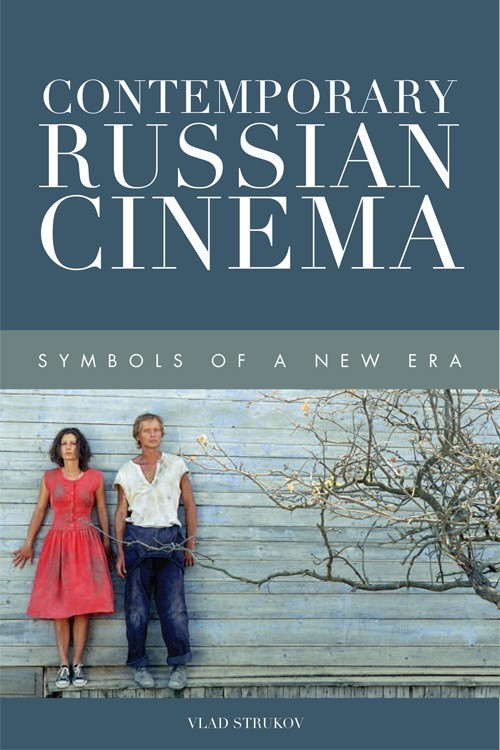The study captures the emergence of a new cinematic sensibility and provides a relevant interpretative framework-the so-called symbolic mode. The concept is introduced to account for a particular style of film presentation that has emerged in Russia since 2000. It is characterized by the use of the highly abstracted concepts and visual language. For example, on one level, Zviagintsev’s ‘The Return’ is a story of a father coming home after twelve years of absence and reuniting with his sons. On another, it is an eschatological exploration of the story of Christ, ancient myths and native folklore. The effect is achieved thanks to painterly allusions, composition, use of music, etc. Whilst such use of symbolization is common in word cinema, in Russian cinema it refers to a complex philosophical framework which includes such concepts as posthumous subjectivity, abandoned being, multiplicity, doubling, disintegration, etc. Thus the symbolic mode defines simultaneously a particular visual style, philosophical system and sensibility. The symbolic mode focuses on significative resemblances (appearing) that suggest a particular re-orientation of the consciousness (subjectivity) required to actualise the presence of appearing in the current world. The discussion revolves around films by established directors (Sokurov; Zviagintsev) and introduces lesser-known filmmakers. Whether directed towards a mystical world, or even towards an afterlife, the symbolic mode defines an emergence of a specific mindscape which escapes previous representational modus operandi.
- / Author
- / Mentioned
- / Mentioned
- / Mentioned
